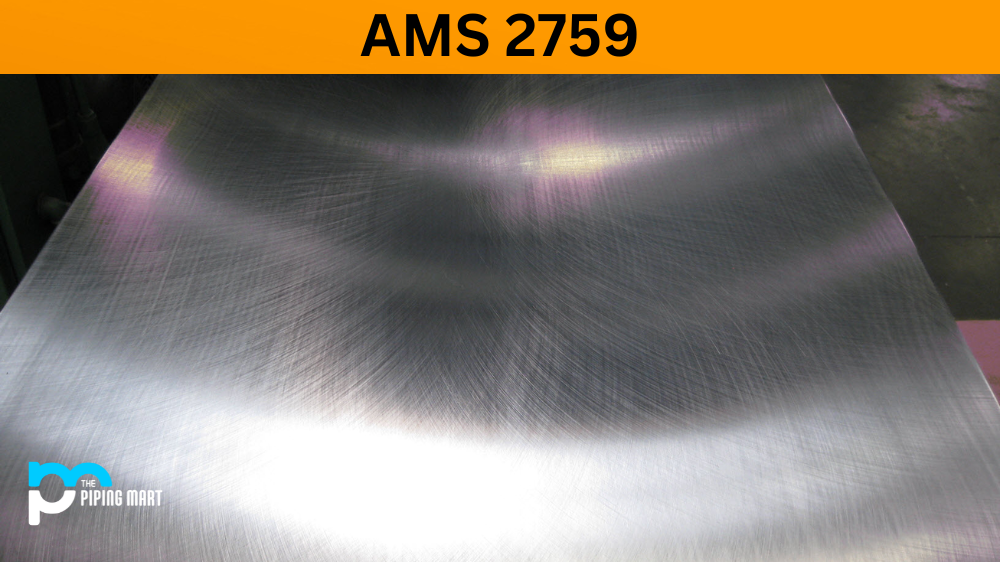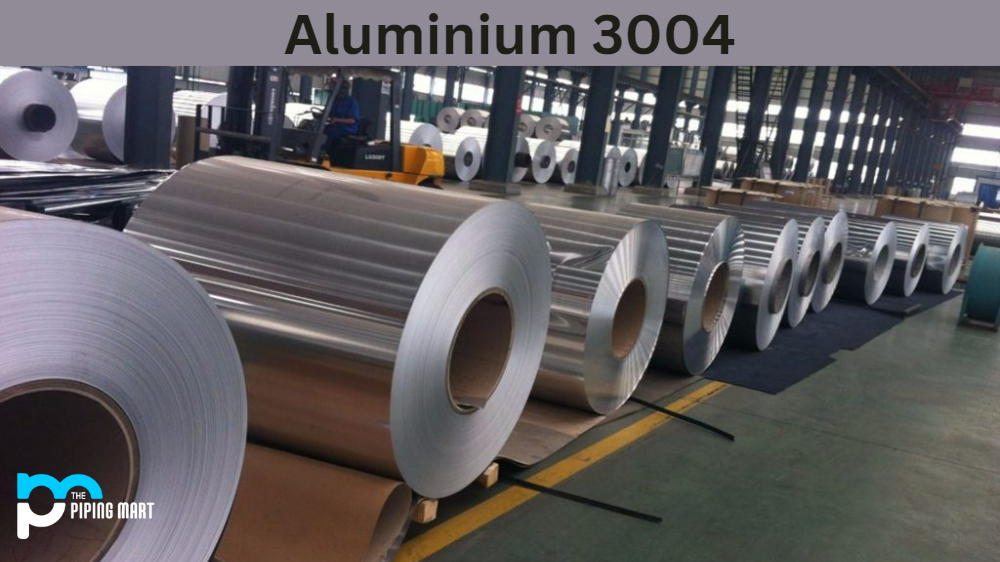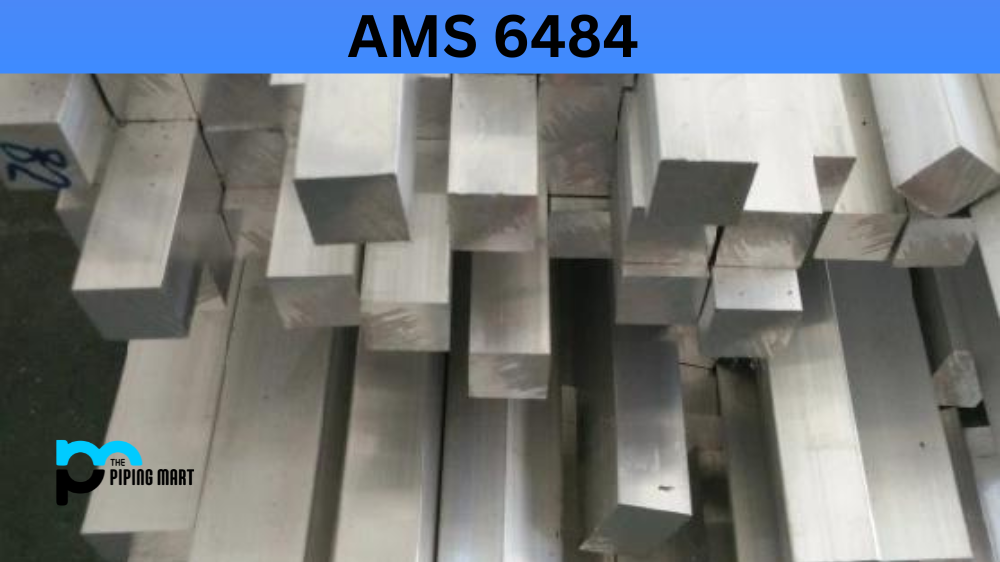When it comes to heat treatment, the aerospace and defence industries demand the highest quality standards to ensure the safety and reliability of their components. That’s where AMS2759 comes in – an essential specification for heat treating that provides guidelines on obtaining the desired mechanical and physical properties for materials used in those industries.
This blog post will delve into AMS 2759’s composition, physical and mechanical properties, uses hardness and more. Get ready to understand the importance and benefits of adhering to this specification!
What is AMS 2759?
AMS 2759 is a specification written by the Society of Automotive Engineers (SAE) that provides the necessary guidelines for the heat-treating process to achieve the required physical and mechanical properties for aerospace and defence materials. The specification includes various subtopics, such as carbon and low-alloy steels, copper alloys, nickel alloys, and titanium alloys.
AMS 2759 Composition
For each material category, AMS2759 provides detailed specifications for the heat treatment processes, such as preheating temperature, quenching media, tempering conditions, and more. The composition of AMS 2759 aims to achieve the desired physical and mechanical properties of the materials, including hardness, tensile strength, fatigue strength, and corrosion resistance.
AMS 2759 Physical Properties
The physical properties of the materials heat-treated according to AMS 2759 vary depending on the specific material category. For example, typical physical properties of low-alloy steels heat-treated in oil or water quenching media include density, electrical conductivity, and thermal conductivity. Physical properties such as coefficient of thermal expansion, modulus of elasticity, and thermal conductivity are measured for nickel alloys.
AMS 2759 Mechanical Properties
The mechanical properties of materials that have undergone heat treatment following AMS 2759 are essential to meet the demanding requirements of the aerospace and defence industries. Key mechanical properties include tensile strength, yield strength, elongation, and toughness. These properties are critical to ensuring the quality and reliability of the materials used in these industries.
AMS 2759 Uses
AMS 2759 is widely used in the aerospace and defence industries to achieve the desired physical and mechanical properties of materials for critical components subjected to high-temperature and high-stress conditions. These include airframe, engine, landing gear components, and missile and satellite components.
AMS 2759 Hardness and Heat Treatment
AMS 2759 specifies the necessary hardness requirements for each material category, including the minimum and maximum hardness after heat treatment. Heat treatments such as annealing, normalizing, quenching, and tempering may be required to achieve the desired hardness. The hardness of materials is essential for the reliability and longevity of the components that will face high-stress conditions.
Conclusion:
Adhering to the stringent guidelines set out in AMS 2759 is critical for meeting the aerospace and defence industries’ rigorous requirements and high standards. By understanding the importance and benefits of this specification, materials engineers can ensure the quality and reliability of their components, which is essential for the safety of aircraft and defence assets. The thorough details of the heat treatment recommendations in AMS 2759 provide a crucial guide to the heat treatment process that will deliver a specific desired result to meet both physical and mechanical properties. Materials that have passed AMS 2759 testing will have outstanding strength, corrosion resistance, and durability, making them ideal for use in such sectors. Hence, AMS 2759 remains a must-follow guide for materials engineers and manufacturers, and its effectiveness is key to achieving the desired outcomes in today’s aerospace and defence industries.

A passionate metal industry expert and blogger. With over 5 years of experience in the field, Palak brings a wealth of knowledge and insight to her writing. Whether discussing the latest trends in the metal industry or sharing tips, she is dedicated to helping others succeed in the metal industry.




